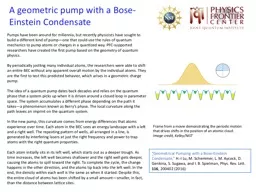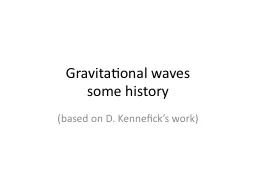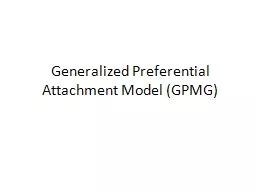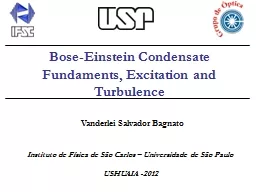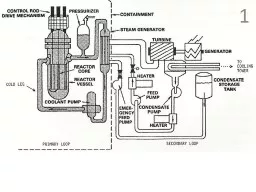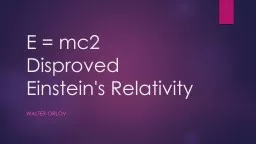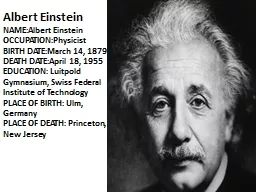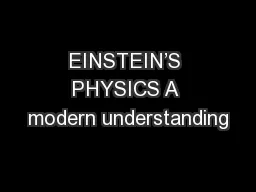PPT-A geometric pump with a Bose-Einstein Condensate
Author : phoebe-click | Published Date : 2018-02-13
Geometrical Pumping with a BoseEinstein Condensate HI Lu M Schemmer L M Aycock D Genkina S Sugawa and I B Spielman Phys Rev Lett 116 200402 2016
Presentation Embed Code
Download Presentation
Download Presentation The PPT/PDF document "A geometric pump with a Bose-Einstein Co..." is the property of its rightful owner. Permission is granted to download and print the materials on this website for personal, non-commercial use only, and to display it on your personal computer provided you do not modify the materials and that you retain all copyright notices contained in the materials. By downloading content from our website, you accept the terms of this agreement.
A geometric pump with a Bose-Einstein Condensate: Transcript
Download Rules Of Document
"A geometric pump with a Bose-Einstein Condensate"The content belongs to its owner. You may download and print it for personal use, without modification, and keep all copyright notices. By downloading, you agree to these terms.
Related Documents

